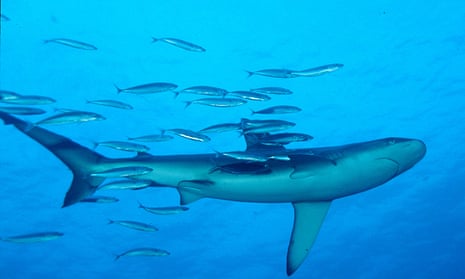New Zealand will create one of the largest marine protected areas in the world, spanning an area of 620,000 sq km.
The Kermadec ocean sanctuary will be one of the world’s most significant fully protected ecosystems, the prime minister of New Zealand, John Key, told the UN general assembly in New York.
The sanctuary is in the South Pacific Ocean, about 1000km north-east of New Zealand, and expands a marine reserve that surrounds a clutch of small islands.

The area is considered crucial in terms of biodiversity, featuring nearly 35 species of whales and dolphins, 150 types of fish and three of the world’s seven sea turtle species. It is also geologically significant, encompassing the world’s longest chain of submerged volcanoes and the second deepest ocean trench, plunging to 10km underwater – deeper than Mount Everest is tall.
The scale of the sanctuary will dwarf any previous New Zealand protected area, spanning twice the size of the country’s landmass. It will cover 15% of New Zealand’s exclusive economic zone.
Commercial and recreational fishing will be completely banned, as will oil, gas and mineral prospecting, exploration and mining. Key’s government aims to pass legislation establishing the sanctuary next year.
“The Kermadecs is a world-class, unspoiled marine environment and New Zealand is proud to protect it for future generations,” Key said.
“New Zealanders value our coasts and oceans, which are an important part of our culture, economy and environment and we are committed to managing them sustainably.
“Creating protected areas will support not only our own fisheries, but those of our Pacific neighbours, adding to New Zealand’s efforts to help grow Pacific economies through the responsible management of their ocean resources.”
Nick Smith, New Zealand’s environment minister, said the sanctuary might impose a cost upon the mining industry but it was important to protect the ocean before exploration took place.
“New Zealand needs to use its vast ocean resources for jobs and exports with industries like fishing, aquaculture, minerals and energy, but we also need to set aside special areas where nature comes first and marine life is fully protected,” Smith said.
New Zealand will monitor the area via its navy and satellite technology. The Kermadec region will join three other key areas in the Pacific protected by the US, UK and Australia, with the four reserves covering 3.5m sq km of the ocean.
Matt Rand, director of the Pew Charitable Trust’s global ocean legacy campaign, welcomed Key’s announcement.
“New Zealand will create the gold standard of conservation areas in the Kermadecs, preserving one of the few relatively unspoiled areas of ocean on Earth,” he said.
“This commitment is an exciting step toward meeting global goals to safeguard at least 30% of the ocean through fully protected marine reserves.”

Comments (…)
Sign in or create your Guardian account to join the discussion